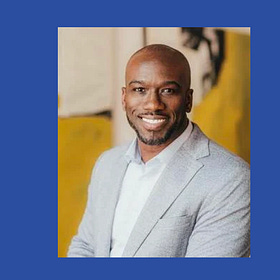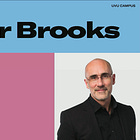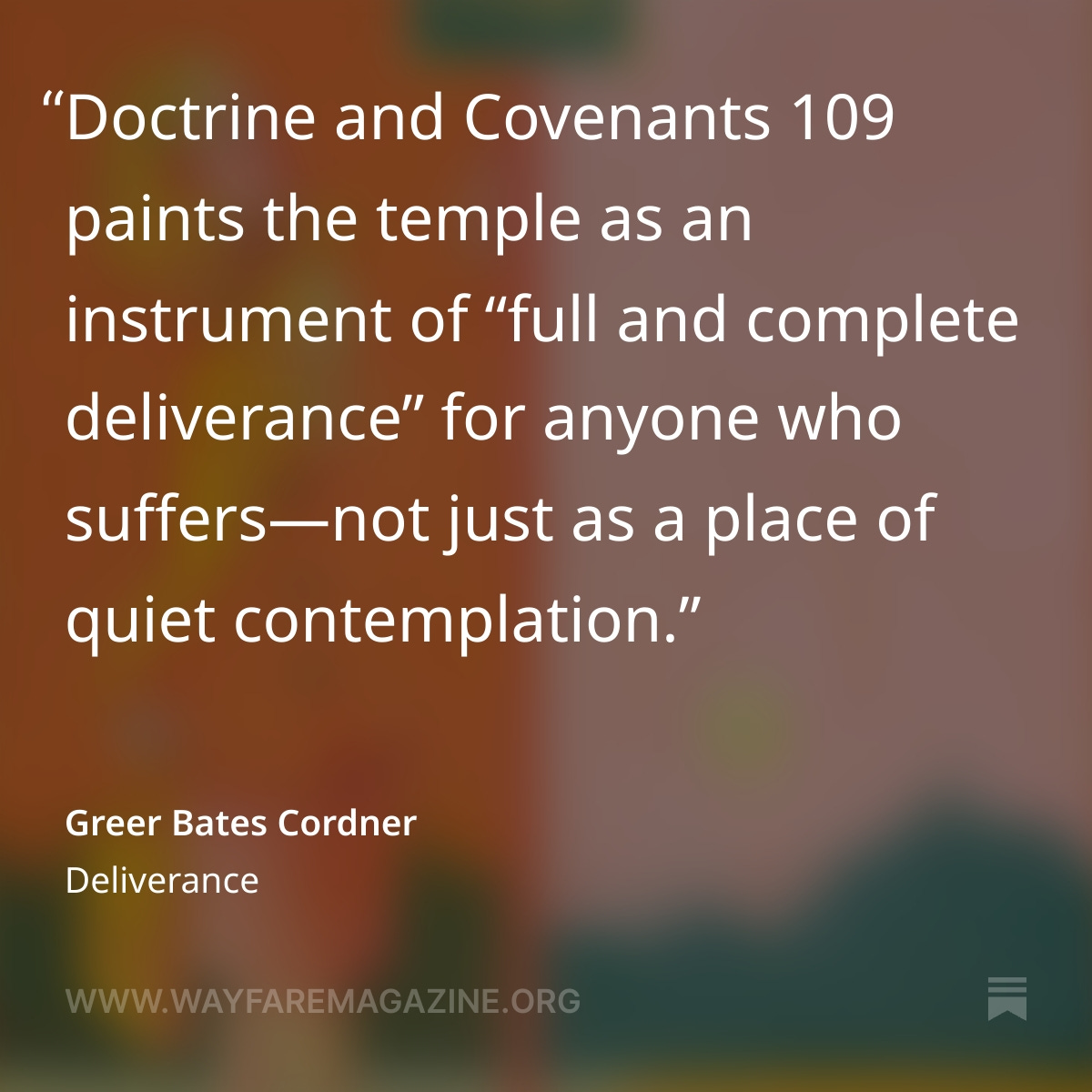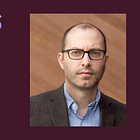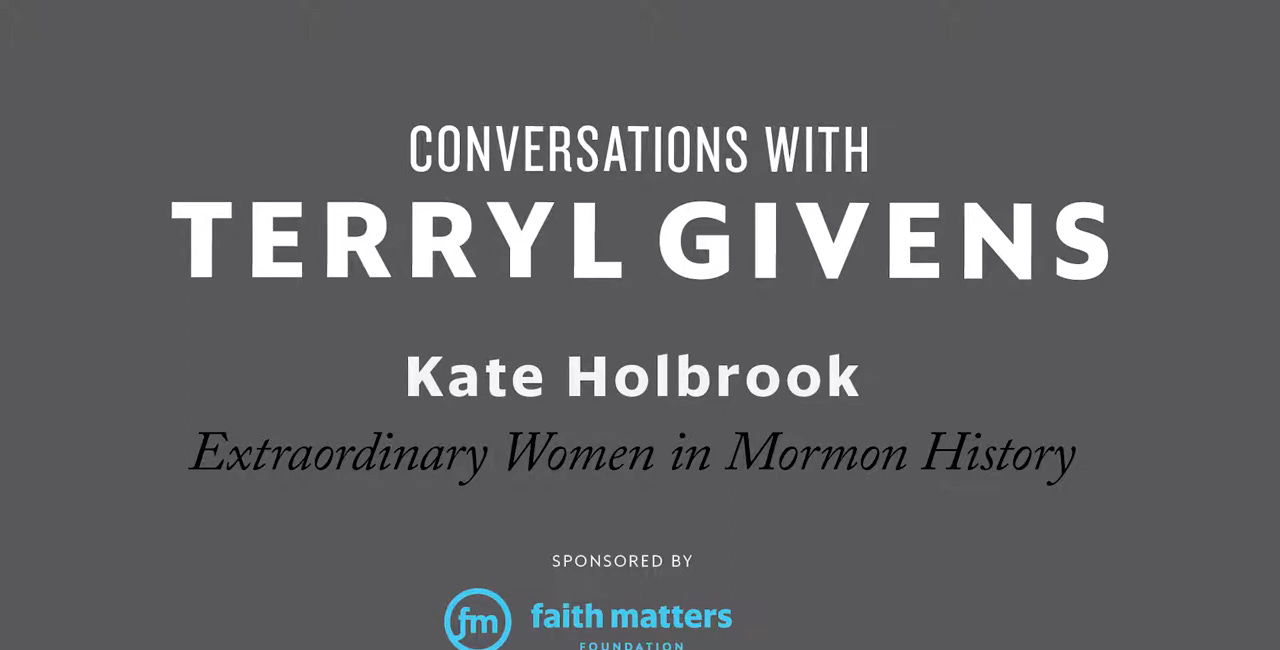What are we building together?
Faith Matters resources to accompany your Come Follow Me study: October 27-November 2

I can invite others to come unto Christ.
I can be a disciple whom the Lord trusts.
Leap of Faith: Mauli Bonner at Restore 2024
Today we’re sharing another fun session from last year’s Restore gathering—one of the most unforgettable moments from the whole weekend—featuring Mauli Bonner.
The Lord wants me to welcome and accept others.
Today our conflicts and divisions are wide and varied. Religious vs. secular, believers vs doubters, right vs. left, old vs. young, etc. There’s a strong pull to choose your team and create purity tests—to claim that those who don’t agree with you are a “them” and that only those who are on your team are pure.
But when you see yourself and others fully, you realize that there ultimately are no teams. “The line separating good and evil passes not through states, nor between classes, nor between political parties either,” writes Russian author Aleksandr Solzhenitsyn, “but right through every human heart—and through all human hearts.” There is only endless complexity unfolding inside and between each of us, an ever-shifting blend of good and bad—a hope for a brighter future together.
—Jon Ogden, “There Are No Teams”
We build temples unto the Lord to receive sacred ordinances.
Modern-day temples serve tiny fractions of the world’s population, yet cost billions of dollars to build and maintain. And the service the temples provide is spiritual—not temporal—in nature. Many of the places where the Church has announced new temples have high rates of poverty, famine, and instability. Shouldn’t Church funds go toward food and shelter for all, before going to granite and stained glass for a few?
These questions are warranted. They’re urgent.
In the wrestle that must accompany questions about the worth of temple-building, I believe it is critical to incorporate global perspectives.
—Greer Bates Cordner, “Deliverance”
Find everything we’ve published in Wayfare on the temple experience here.
I have little clarity on what the whole temple experience means or what realities it brings about. But there is something powerful in the idea that remembering our dead—their suffering, their grief, their sin, their pain, their hopes, their missed opportunities—is in some way redemptive when we seek to make right what was wrong. … There’s more to the project than linking names and checking off ordinances. We’re linking souls. We’re welding hearts from both sides of the veil and both sides of painful conflicts. In this effort, my overarching desire is in gathering the entire human family home to each other and to God.
That’s the fundamental work.
—Hannah Packard Crowther, Gracing
I remember watching tears of happiness run down a friend’s face as he was sealed to his parents, with me acting as proxy for his father. The first time I discovered additional ancestors in newly indexed genealogy records, I felt a thrill, as though I were traveling back in time to bless past generations. Later, I took an ancestor’s name to the temple, having learned a small amount about heartaches he had experienced in his life, and I rejoiced in the hope that the Savior could heal his soul. The joy of these experiences is worth shouting from the rooftops.
—Bryan Gentry, “Do All Roads Lead to Winnemucca?”
Follow the new Faith Matters podcast about the temple, Sanctuary:
The Lord blesses people who strive to obey His commandments.
One word that Christianity often employs as code for “the imitation of Christ” is “obedience.” Obedience, like imitation, rubs against the grain of contemporary culture. It has all those connotations of authoritarianism, inauthenticity, and robot-like conformity. In this regard, I have found the words of Timothy Radcliffe to be a powerful corrective to the cultural baggage of obedience. “The obedience of faith,” he writes, “is more like listening expectantly to a Beethoven string quartet than to obeying a police officer. It’s a response to the authority of its meaning.”5 No one compels us to love the music of Beethoven or a sonnet by Shakespeare. If we are attentive and open, susceptible to its beauty and power, then we respond to its sway over us. It washes over us, draws us toward a recognition of the rightness of this experience so far beyond the cacophony of traffic or the tedium of our own voices. The parallel is not perfect but it is close. We are drawn to Christ to love and imitate and yes, obey, because his love is non-coercive, his tenderness matchless, his every interaction with his friends and strangers the ideal of how any one of us can be most fully alive and responsive in this world of human relationship.
—Terryl Givens, “Beethoven and Jesus”
The Relief Society
Kate Holbrook: Extraordinary Women in Mormon History
In this wide-ranging conversation with Terryl Givens, Kate talks about her faith and her personal story. She highlights the importance of telling the LDS story from the perspective of its women. Does discipleship look different from a woman’s perspective than from a man’s? She talks about her heroes, including Ardith Kapp. And she talks about the effect the Relief Society (“God’s quorum for women”) has had in shaping the church.





